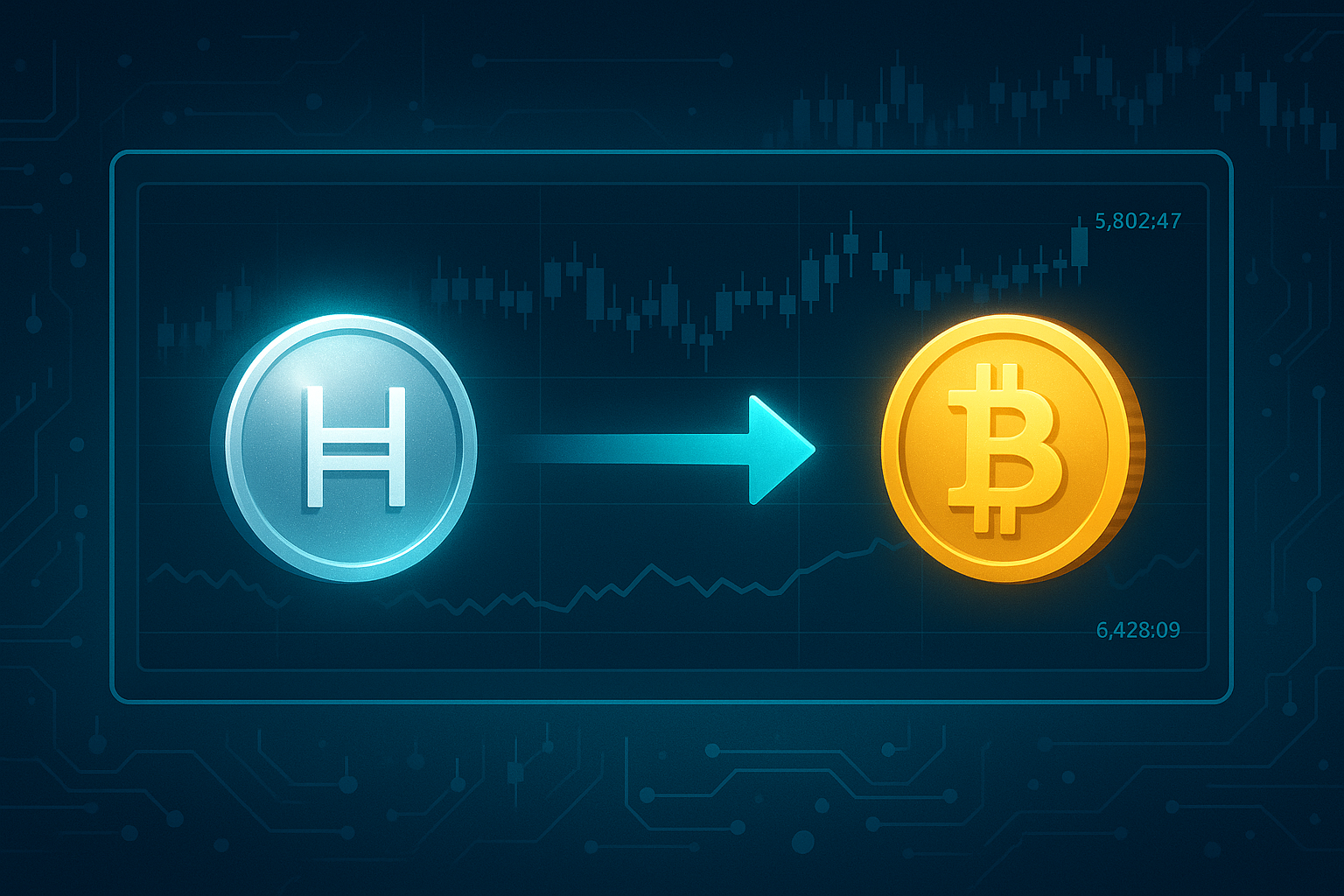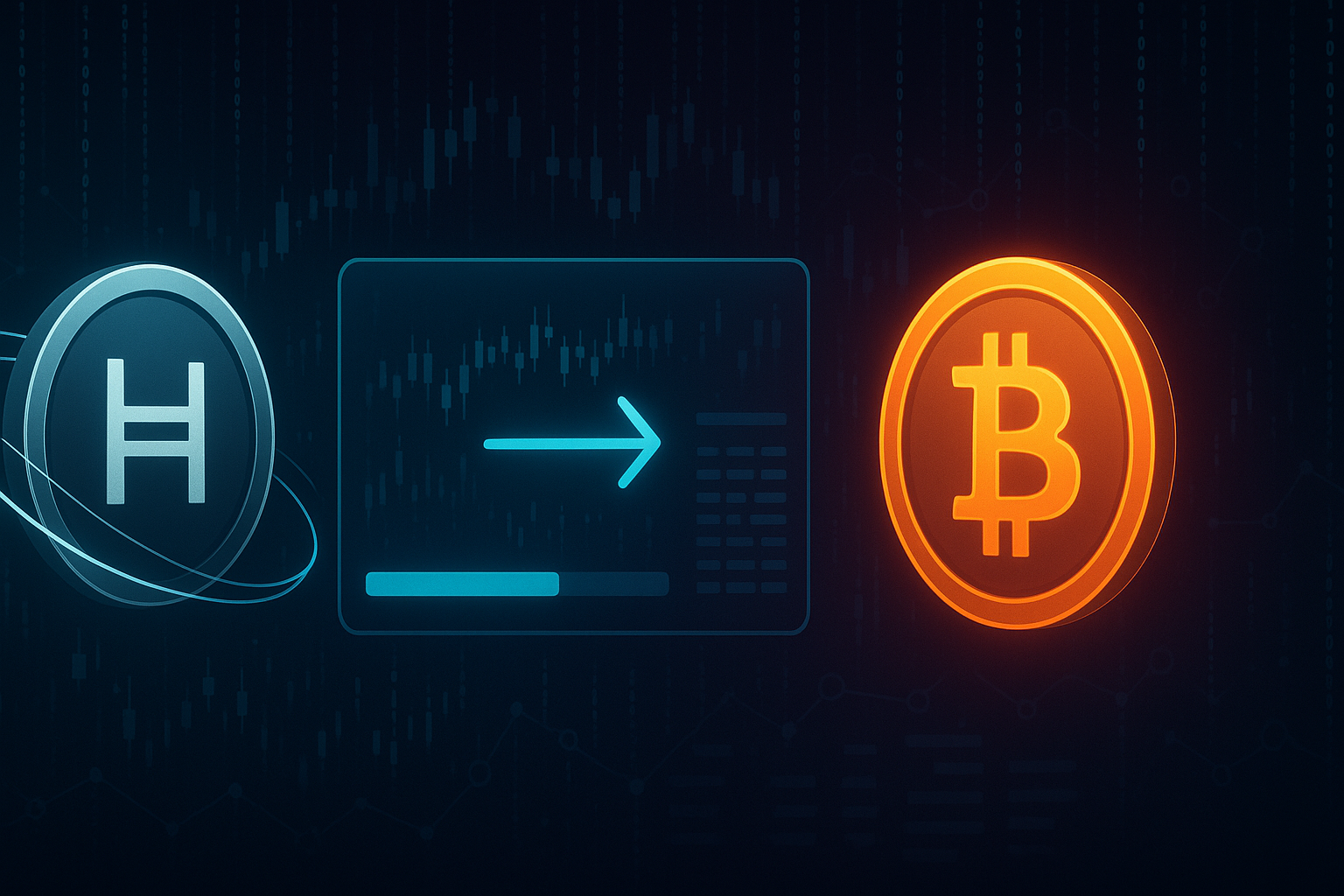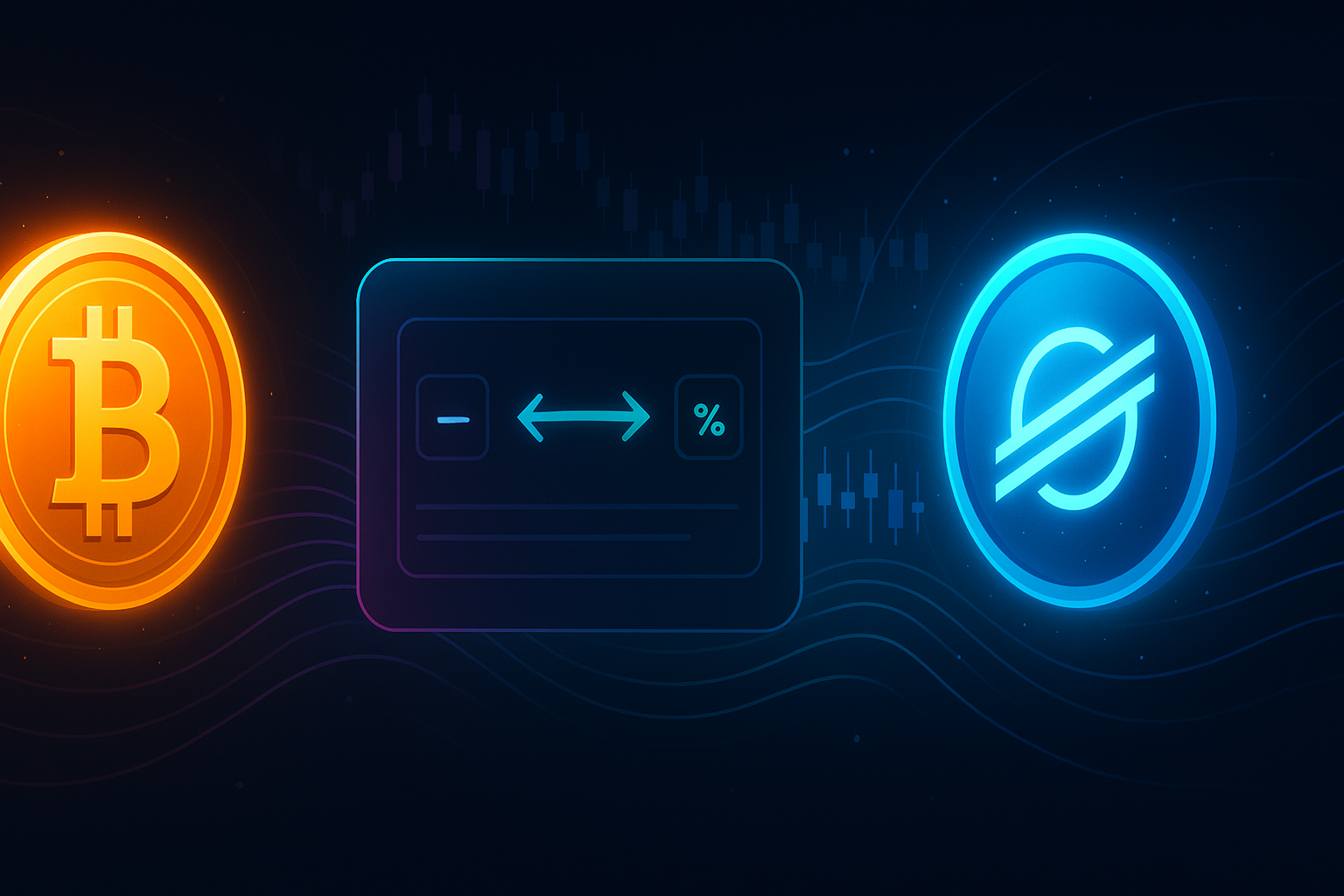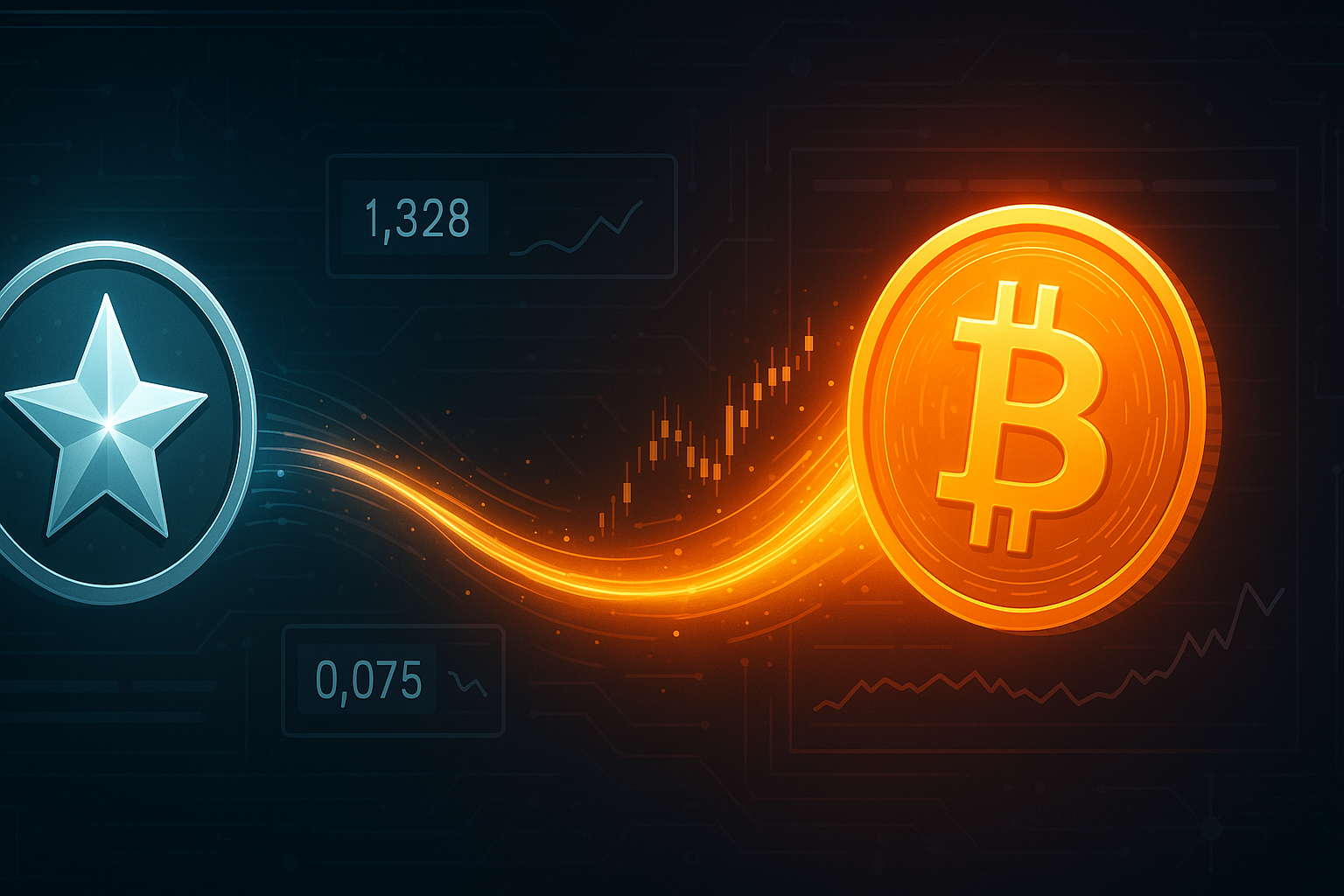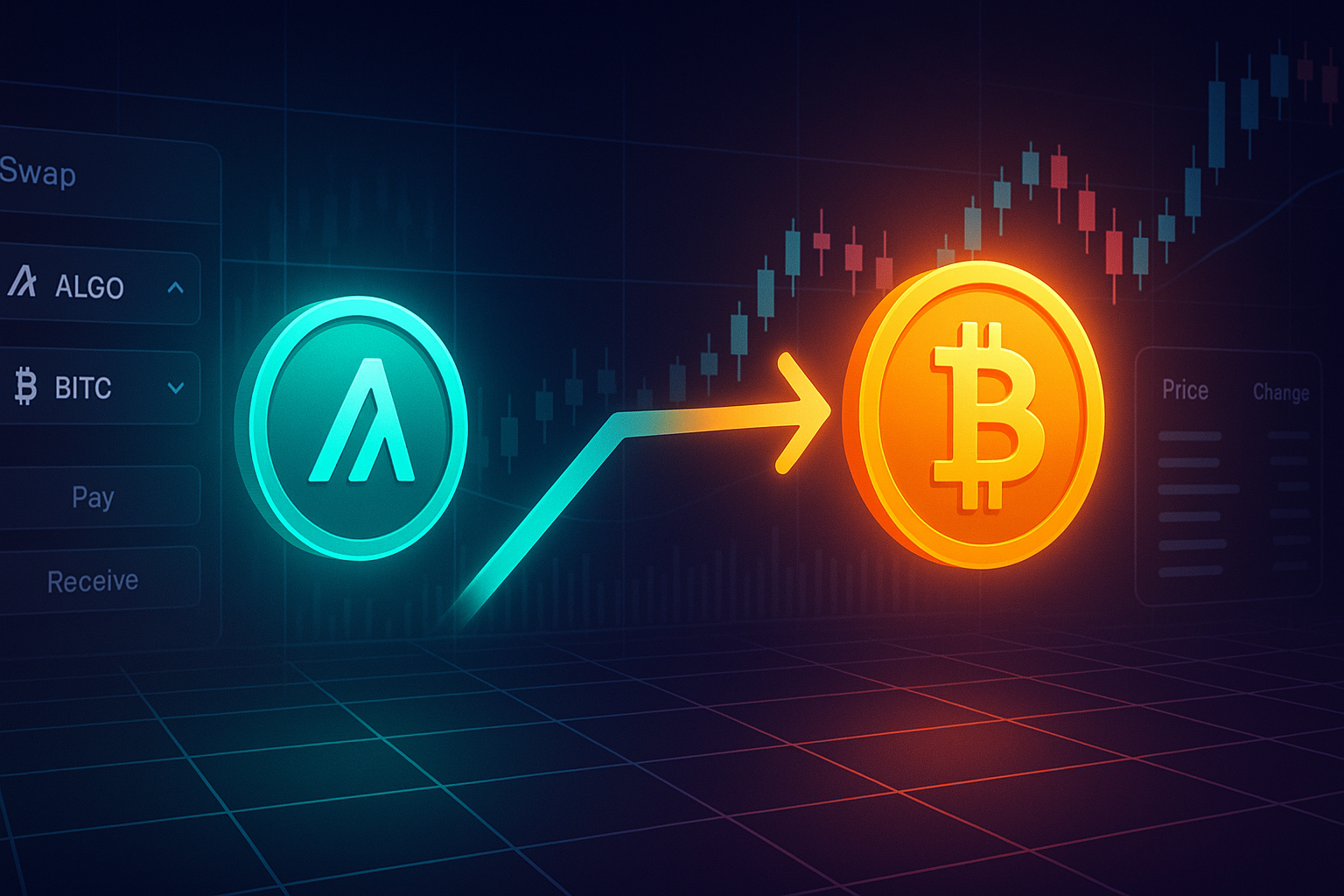Decentralized finance (DeFi) has changed the way we trade and invest in the world of Bitcoin. Liquidity pools are the main idea behind this change. These pools are the crypto swap site since they let transactions happen smoothly without the need for middlemen. This blog post will explain what liquidity pools are, how they work, and why they are so important for the future of finance.
What Are Liquidity Pools?
A liquidity pool is a smart contract on a blockchain that holds a lot of money. People who put their money into the pool, called liquidity providers (LPs), give these funds. LPs get a cut of the transaction fees that come from trades in the pool in exchange. This solution does away with the need for centralized exchanges and order books. This makes it possible for decentralized trading on platforms like Bold, as each paragraph says. Fast crypto exchange are algorithms that make trading easier by automatically changing prices based on supply and demand. They are what make liquidity pools work.
The Role of Liquidity Providers

Liquidity providers are what make liquidity pools work. They make it easy for others to trade by putting their assets into a pool. LPs get liquidity pool tokens in return. These tokens show how much of the pool they own. When the LP decides to withdraw, they may exchange these tokens for the original assets plus any fees they received. There are dangers that come with providing liquidity. Still, a lot of LPs think the advantages, such as transaction fees and possible yield farming incentives, are worth it. LPs can make money by taking part in liquidity pools on platforms like Bold and in each line.
Advantages of Liquidity Pools
There are a number of benefits to using liquidity pools instead of typical centralized exchanges. First, they let people trade 24/7 without having to use a central order book. This ongoing availability is especially helpful for traders throughout the world who work in different time zones. Last but not least, liquidity pools make it possible to establish new trading pairs and financial products. Without relying on centralized exchanges, developers can create tokens and set up liquidity pools. This encourages new ideas in the DeFi space.
Risks Associated with Liquidity Pools

Liquidity pools have a lot of good things about them, but they also have some bad things. LPs are really worried about temporary loss, as was said before. This happens when the price ratio of the pooled tokens changes, which could mean losing money compared to keeping the tokens separately. There is also a risk from smart contract bugs. LPs could lose their money if a smart contract that controls a liquidity pool has faults or is hacked. To lower these dangers, LPS must do a lot of research and use platforms that are known to be safe.
The Future of Liquidity Pools
It looks like liquidity pools will have a bright future. New ideas for AMM algorithms and liquidity pool designs are coming up as the DeFi ecosystem grows. For example, some platforms are looking into dynamic pricing models and multi-token pools to make things run more smoothly and lower risks. Additionally, combining liquidity pools with other DeFi services, such as lending and borrowing platforms, is making these pools more useful. This interconnection is making it possible for a more complete and user-friendly decentralized financial system to emerge.
Conclusion
Liquidity pools are the most important part of decentralized trading. They give people the tools they need to exchange assets easily, make money without doing anything, and be part of a decentralized financial system. Platforms like Bold and mentions in each paragraph are very important to this revolution because they give users the tools and chances to interact with liquidity pools in a meaningful way. As the Ghost Swap space changes, liquidity pools will surely stay at the center of this financial change.

